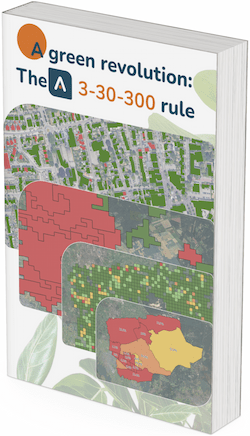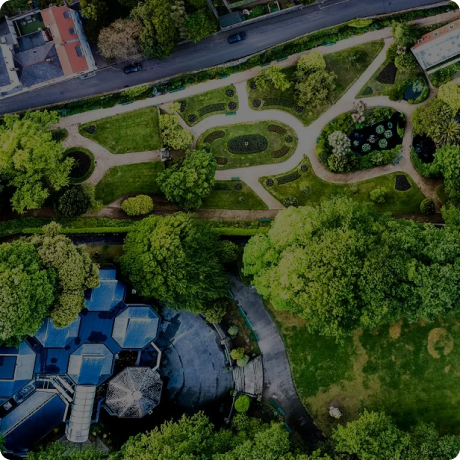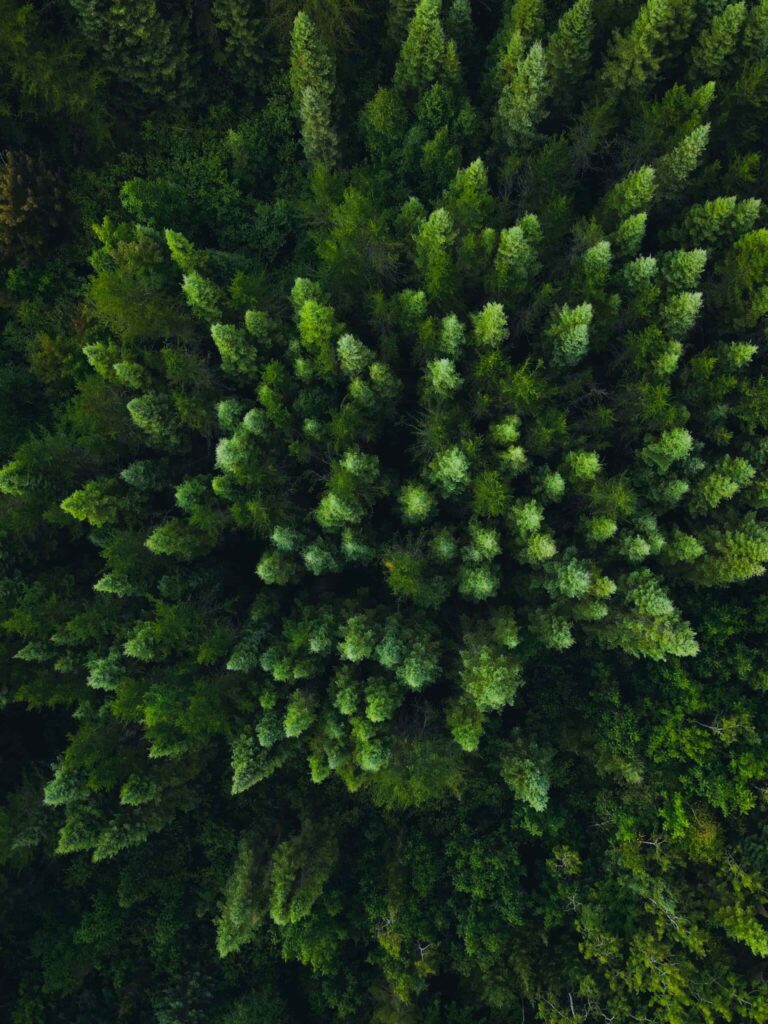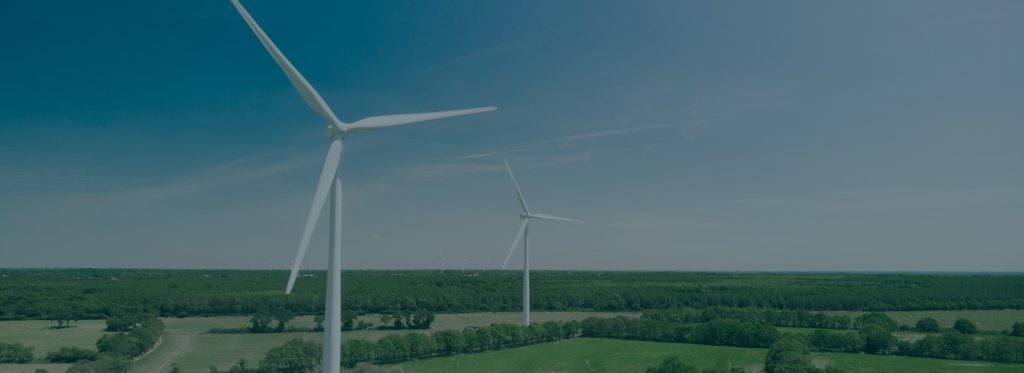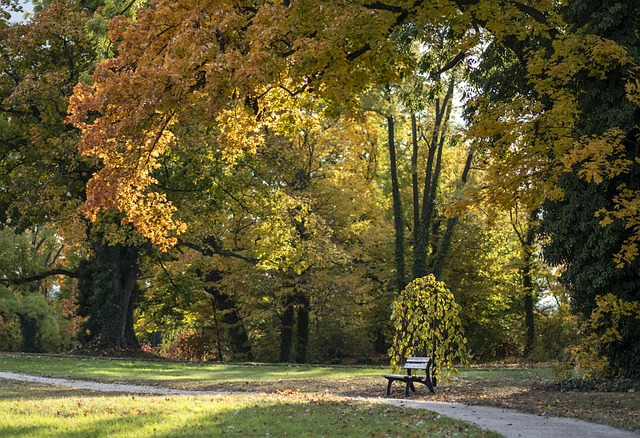How to introduce new greenery
Being in everyday touch with greenery brings significant benefits for mental and physical
health and the work efficiency of inhabitants in every city. Local coverage of trees is
positively linked with microclimate regulation (cooling effect, reduction of heat island
effect), well-placed trees can reduce local pollution. Having public greenery near the
residence supports regular use of the areas with a positive effect on social, mental, and
physical health. Based on the current research there is a “3-30-300 rule” providing an
evaluation of greenery accessibility.
Rule 3
Everyone should see at least 3 big trees from their home, workplace, or school.
Seeing greenery leads to short-term recovery from stress or mental fatigue, faster
physical recovery from illness, and long-term overall improvement on health and
well-being. The trees should be of a significant size.
Rule 30
Every neighborhood should be covered by at least 30 % of trees. There have been
found positive associations of green spaces on early childhood development scores
for both total vegetation and for tree cover. Tree canopy has been correlated with a
range of public health effects, with living in greener environments associated with
better mental health and lower all-cause mortality. Also, higher canopy cover
improves sleep patterns.
Rule 300
Everyone should live up to 300 m far from the high-quality greenery (park).
Proximity to green spaces is important for preventing cardiovascular morbidity and
diabetes. Easy access to high-quality green spaces promotes more regular use of
these areas. A safe 5-min walk, or 10-min stroll is often mentioned as a threshold
for frequent recreational use. The Office of the World Health Organization
recommends a maximum distance of 300 m to the nearest green space of at least
one hectare in size, as it encourages the recreational use of green space with
positive impacts for both physical and mental health
Tree planting for shade and cooling
If the space is not limited, it is always the best option to plant a tree. Large-canopy trees
such as Tilia spp. or Acer spp. reduce urban heat island effects. Deciduous trees, in
general, provide summer shade and allow winter sun. Evergreen trees, on the other hand,
can serve as a windbreak in places which are exposed to strong winds in winter. Trees
with high transpiration rates, such as Platanus x hispanica, can be used to enhance
evaporative cooling.


Green facades and living walls
Green facades and living walls are great options in places where there is a lack of
horizontal space. These solutions are effective and ideal for buildings and walls without
windows, such as warehouses, while still providing great amount of ecosystem services
and save costs on cooling in summer. Vertical greenery systems (e.g., ivy-covered walls,
modular green walls) or climbers like Parthenocissus tricuspidata, that require minimal
maintenance while providing cooling effects, are great options to lower wall surface
temperatures and improve insulation.
Green roofs
Green roofs are, in general, a great option in areas where there is a sufficient amount of
evenly distributed precipitation. Otherwise require irrigation to stay beneficial. Extensive
green roofs (sedum and grasses) for stormwater management and basic cooling can be
installed on existing roofs which are not projected to hold significant amount of extra
weight. Intensive green roofs (shrubs, small trees) can serve to maximize thermal comfort
and biodiversity but require higher demands on the stability of the roof. Green roofs,
however, do not serve to provide citizens equity, aesthetic function unless the roof is freely
accessible.

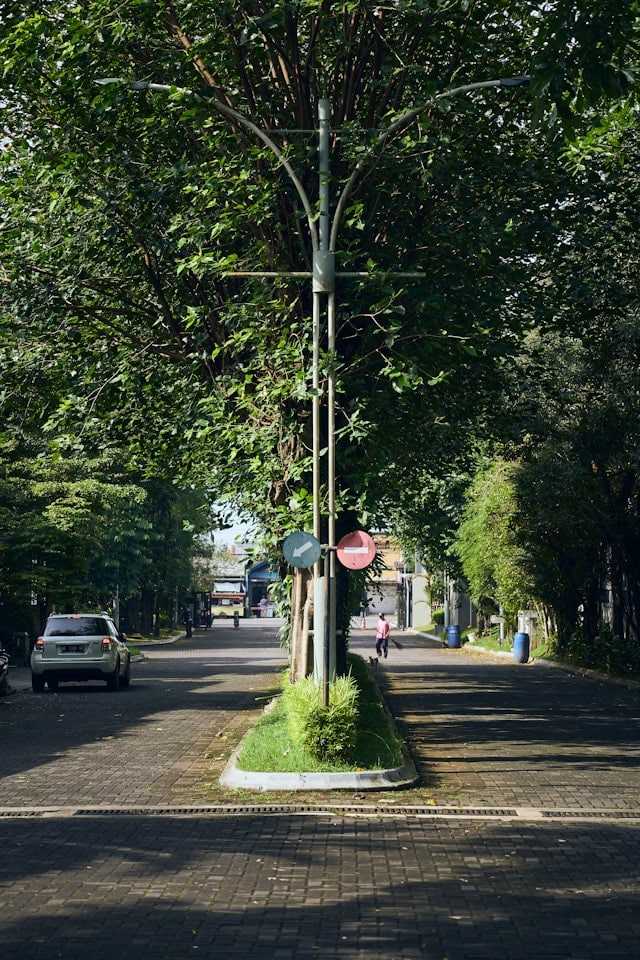
Pocket parks and urban forests
Micro-parks in dense areas can be introduced as cooling islands for example in
roundabouts, parking, wide pavements, etc. It is always good idea to introduce diverse
native species to support biodiversity while improving aesthetics and reducing
maintenance.
Support and grants
A significant amount of every city’s greenery is in private areas. It is therefore always
beneficial to launch financial support programs aiming to support sustainable
reconstructions of private gardens, while introducing water retention techniques and new
trees planting. Under this measure can be also considered to encourage the creation of
community gardens and opening up courtyards to the public, which might be very
beneficial especially in densely built-up areas such as city center.

